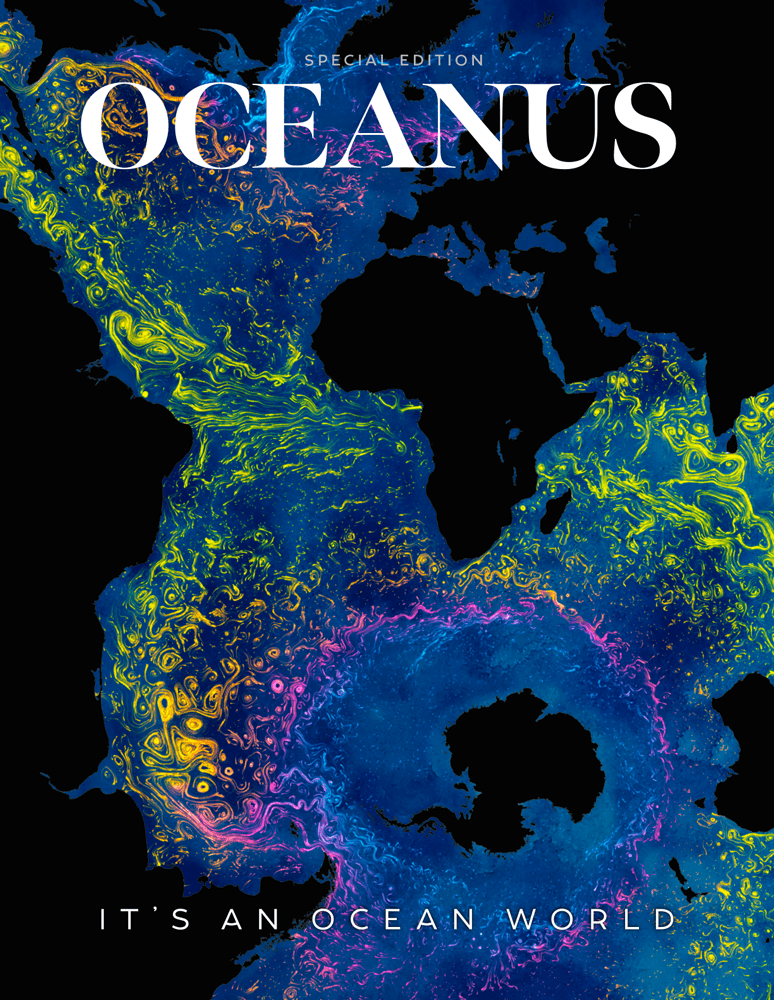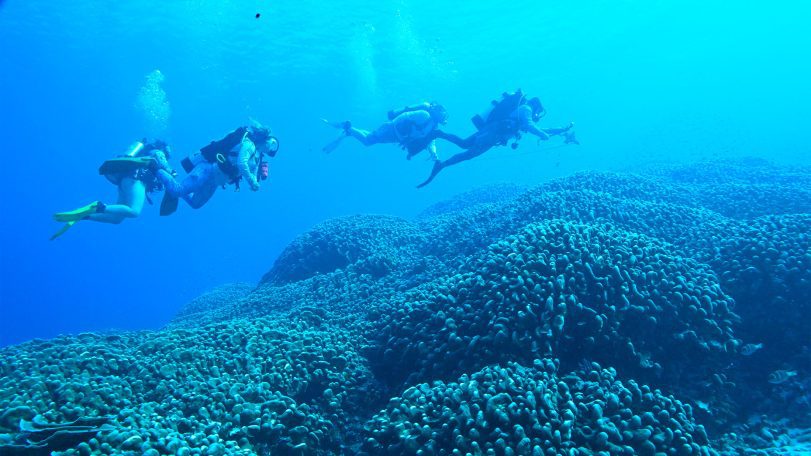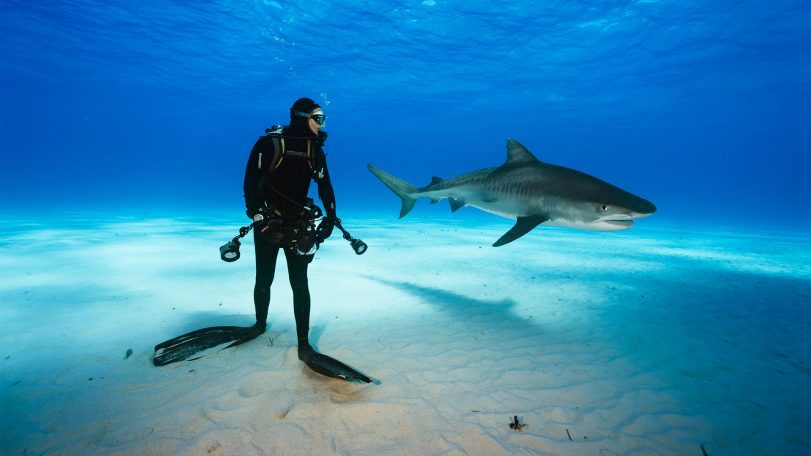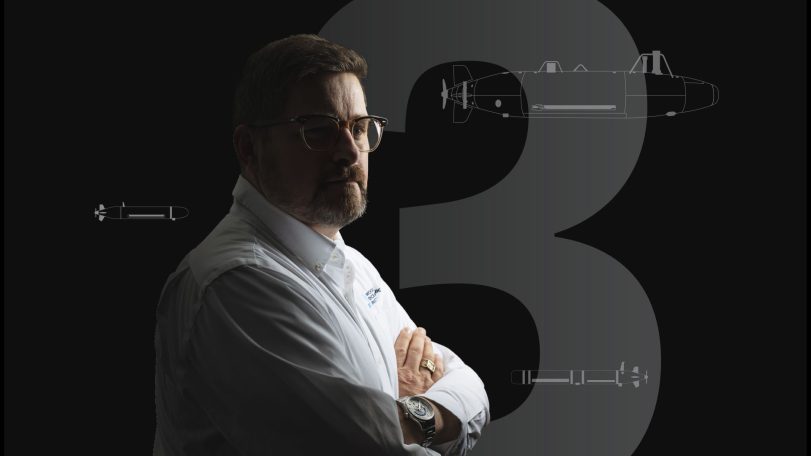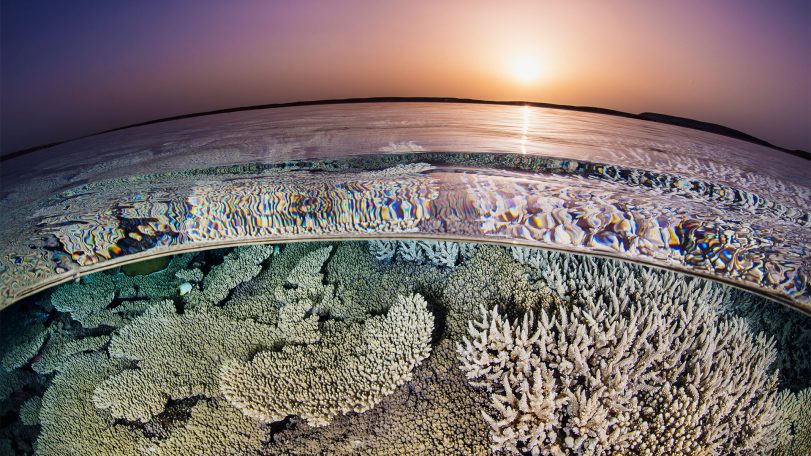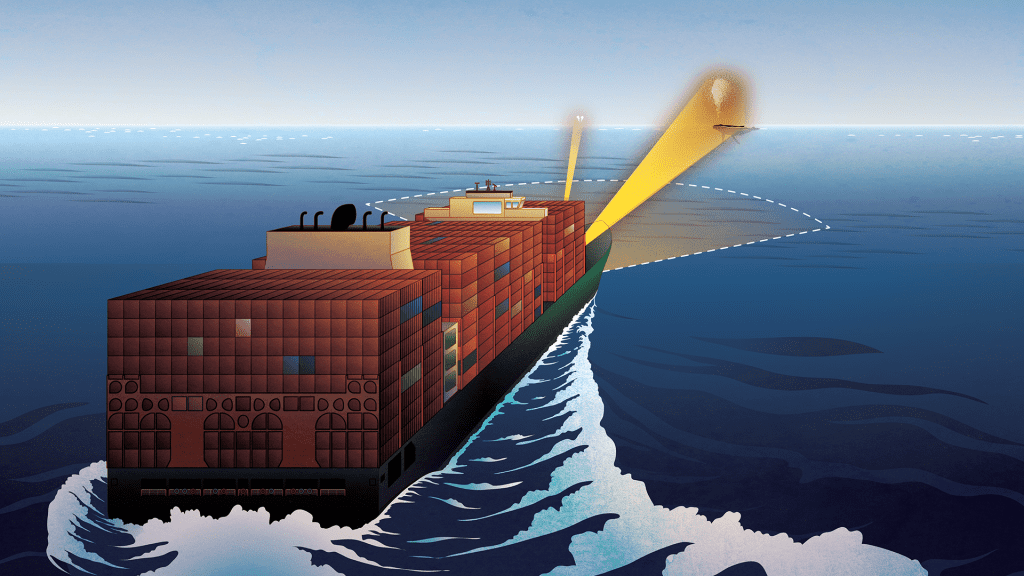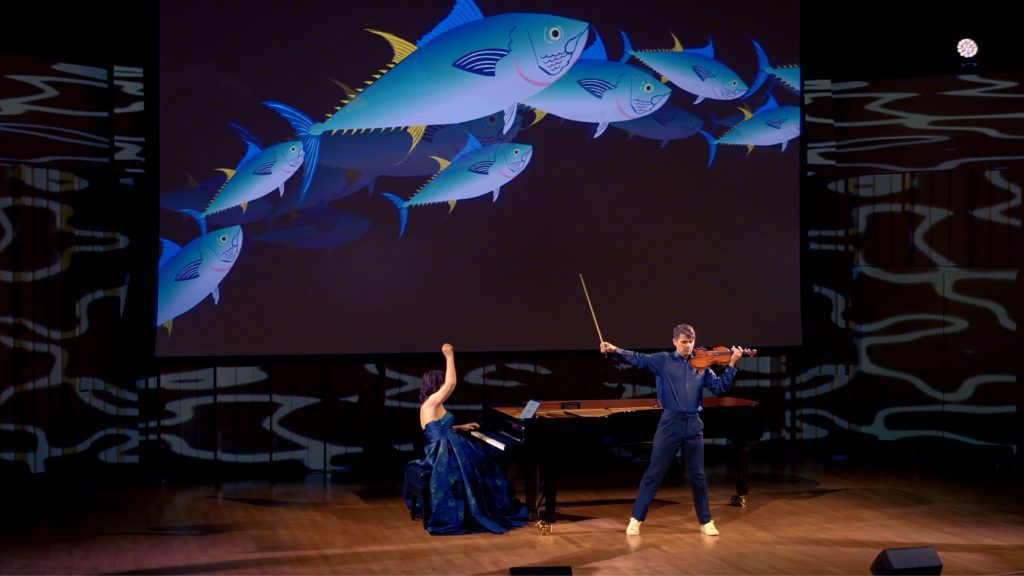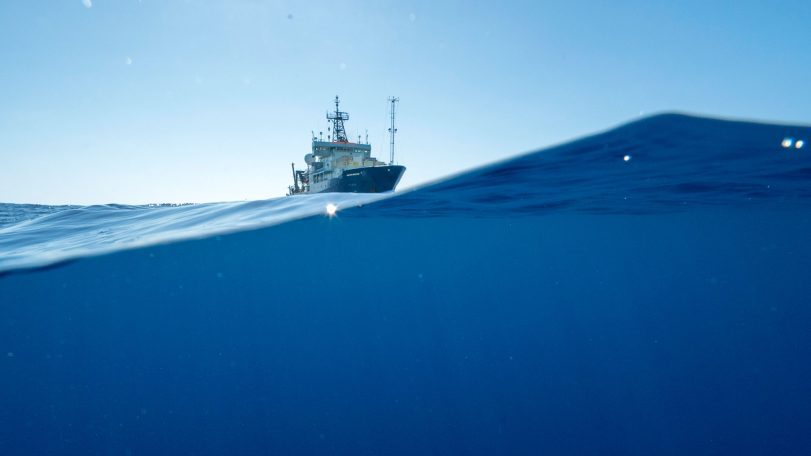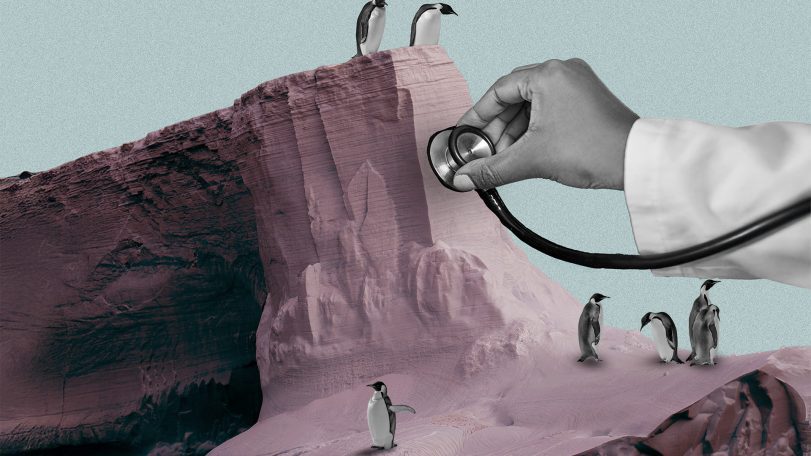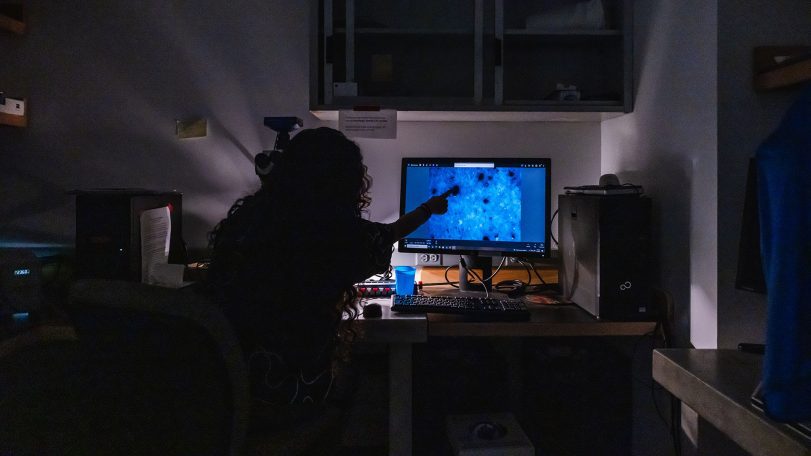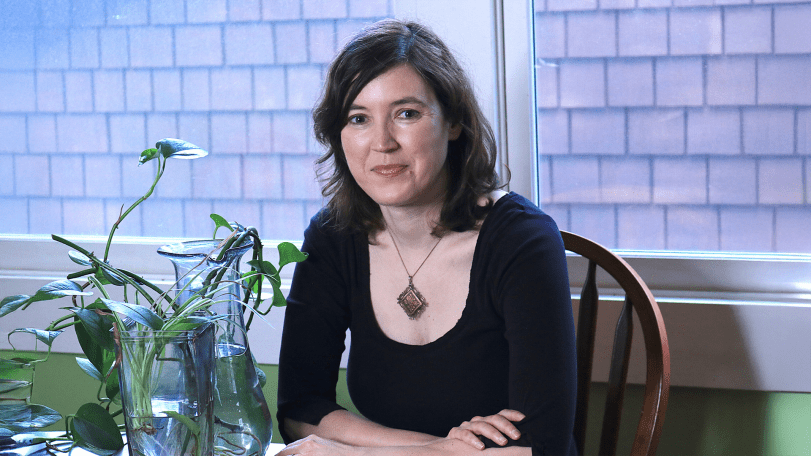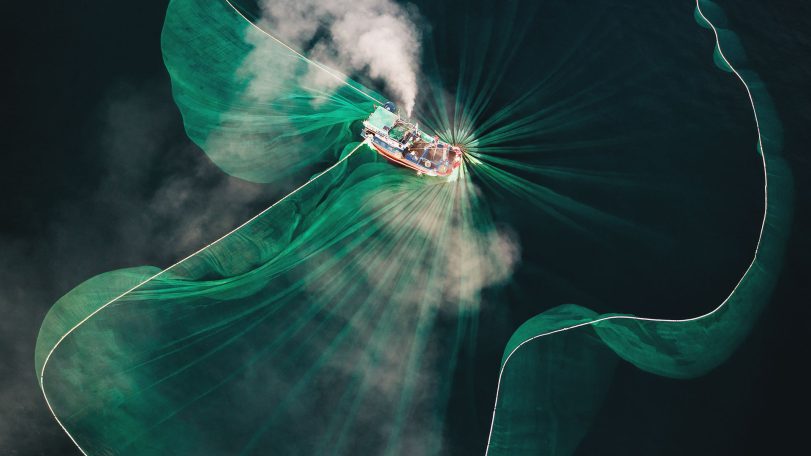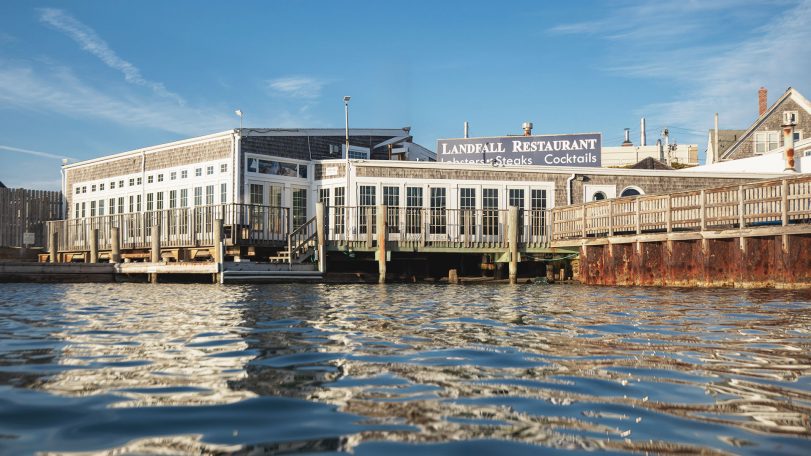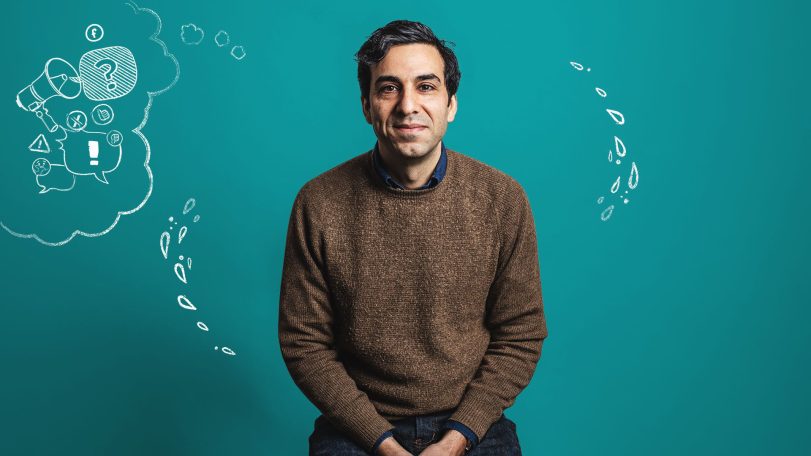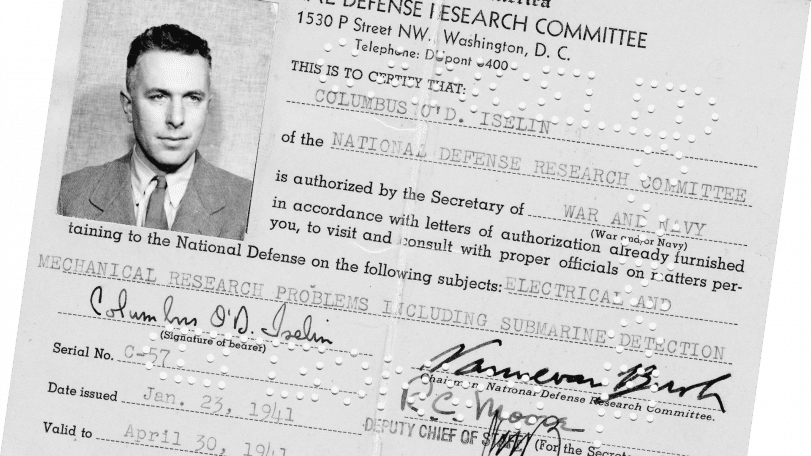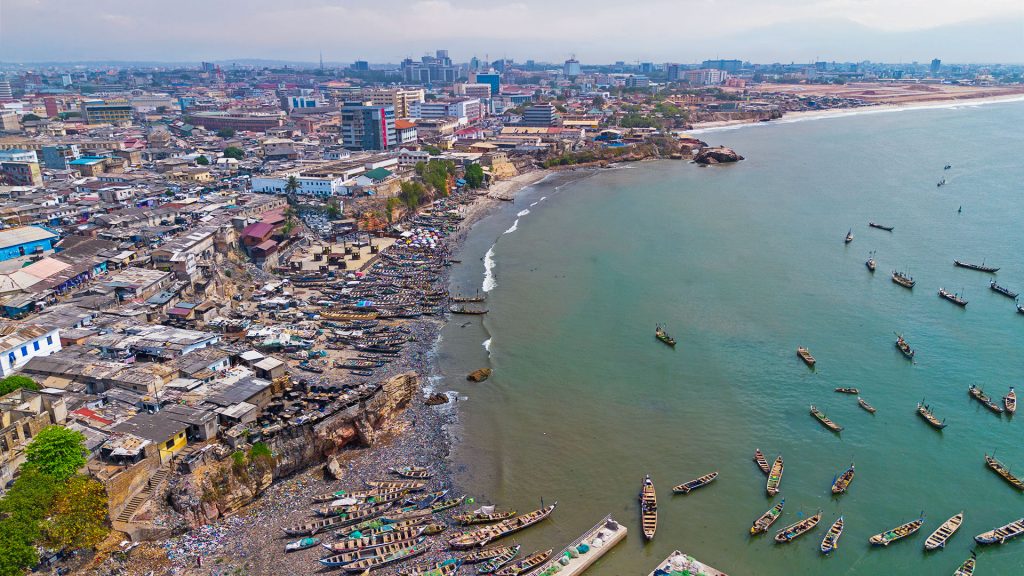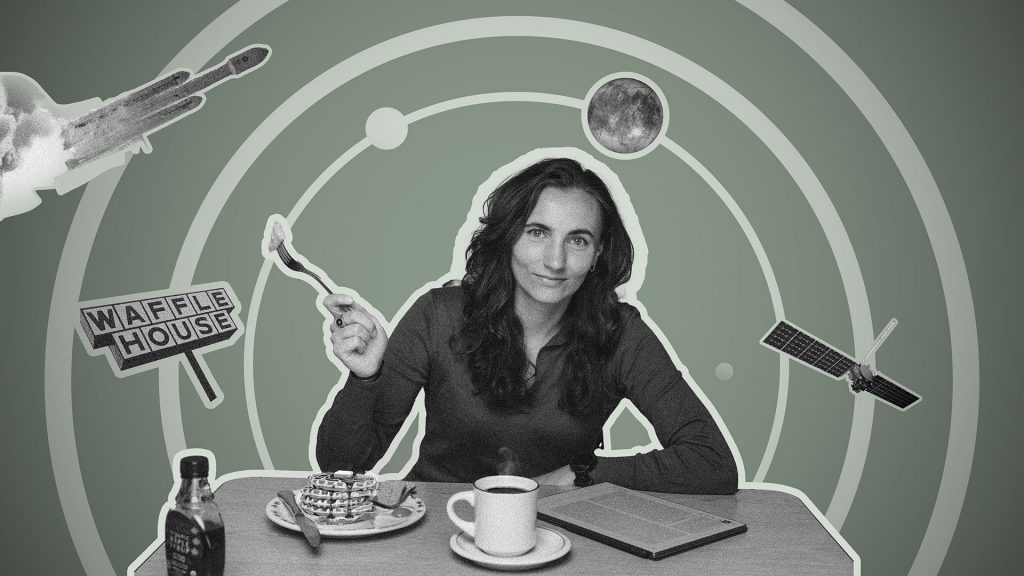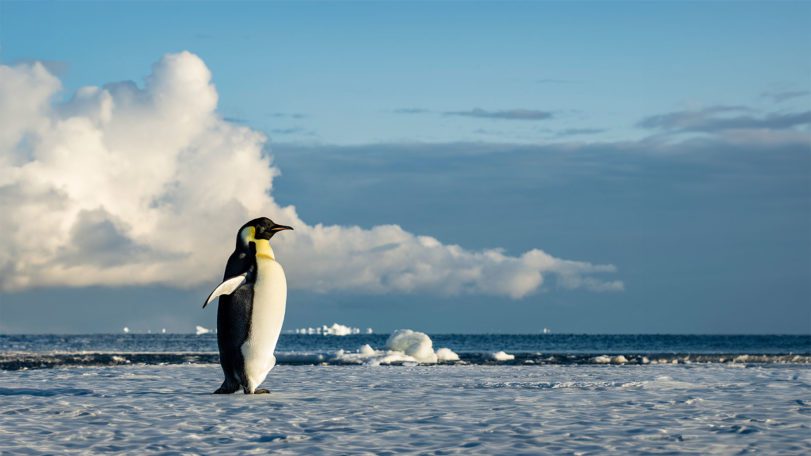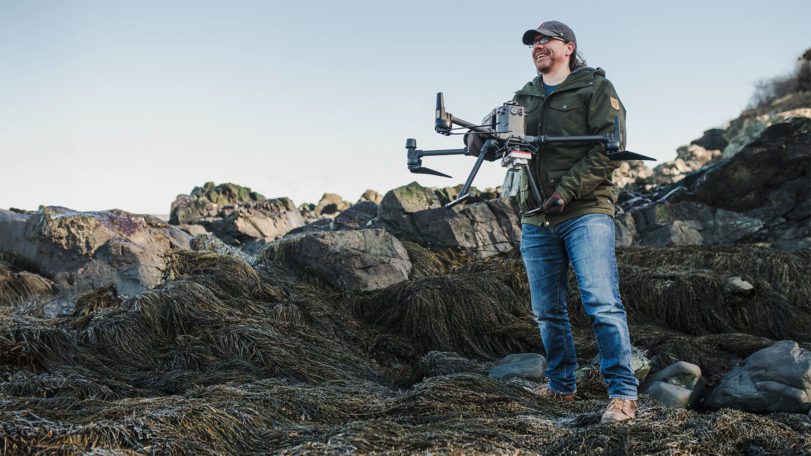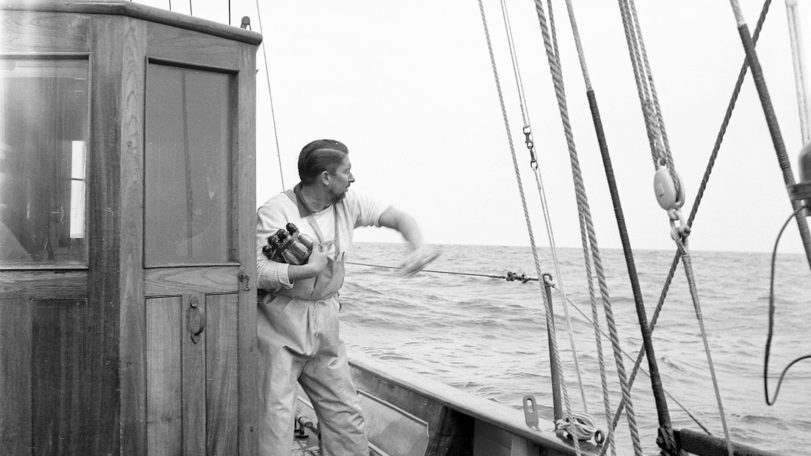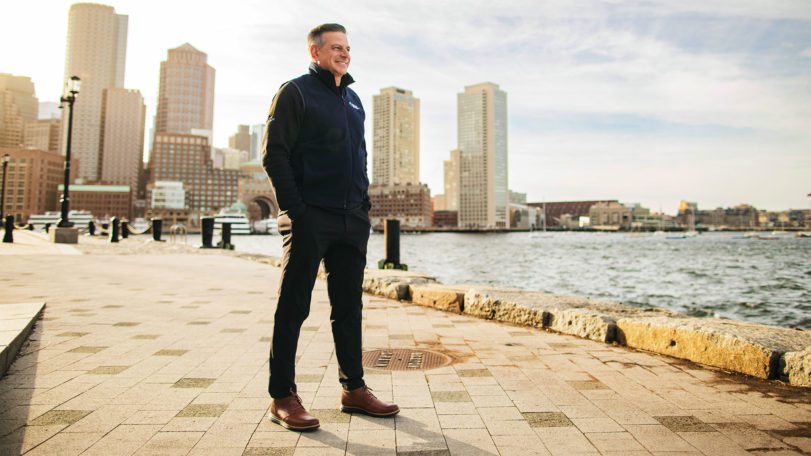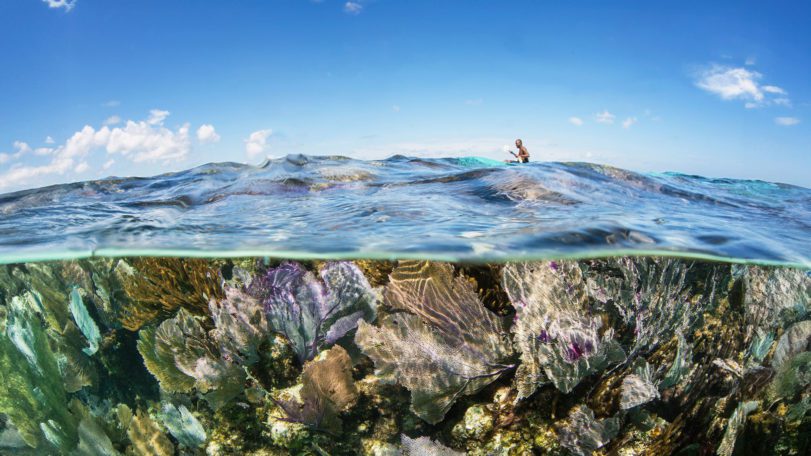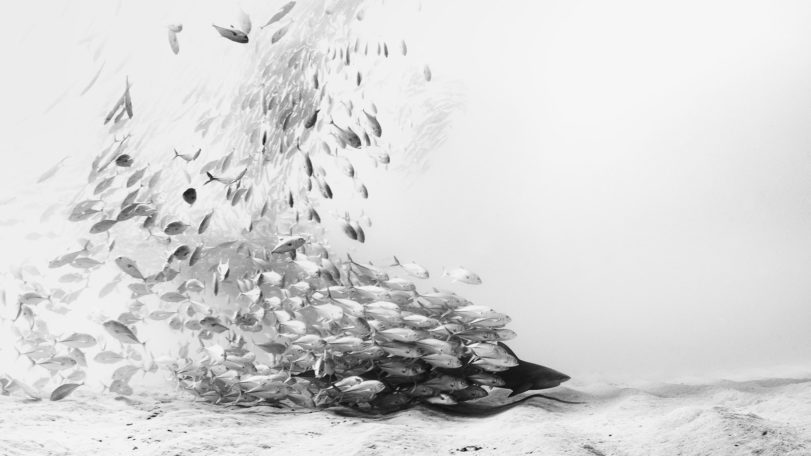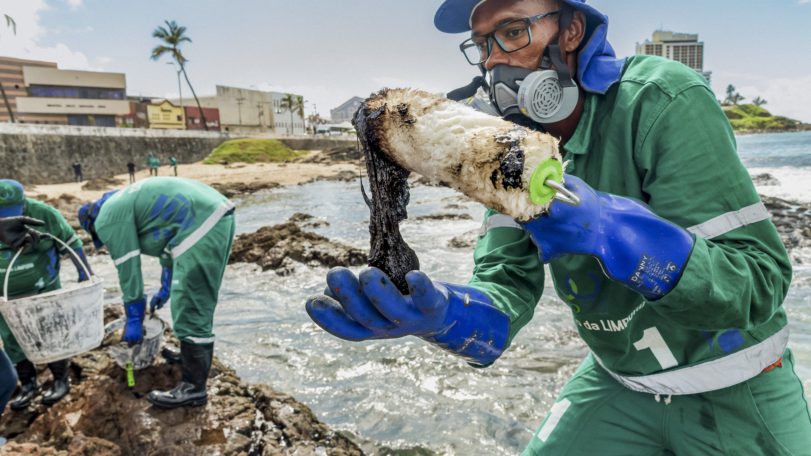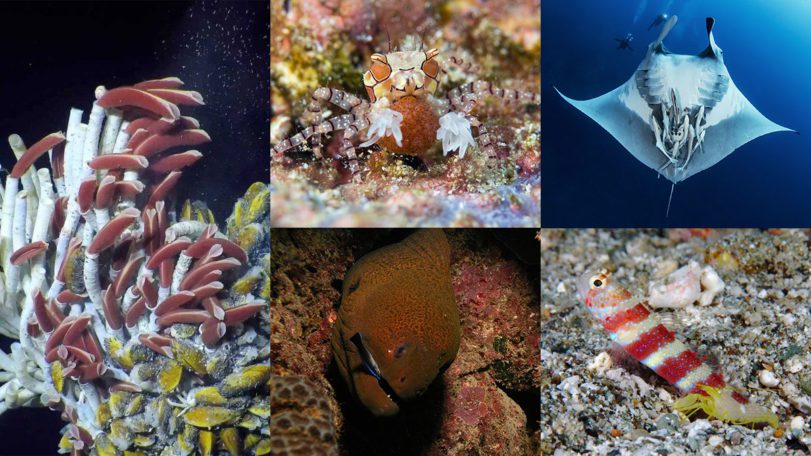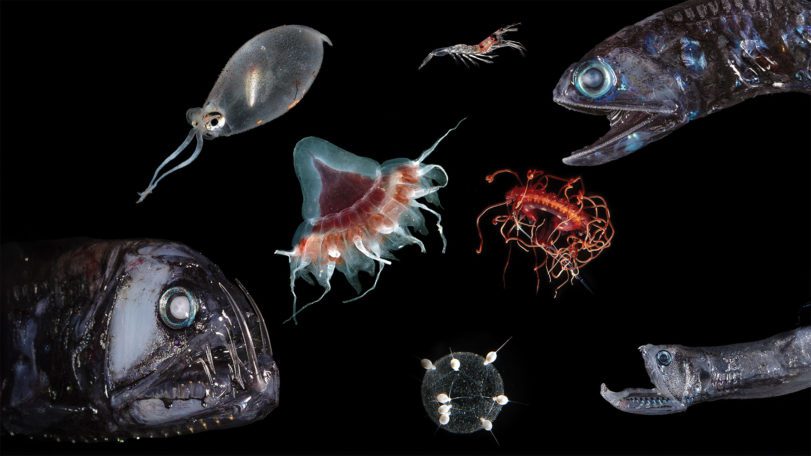
The little big picture
WHOI senior biologist Heidi Sosik on the critical need for long-term ocean datasets
Lessons from a lifetime of exploration
Award-winning ocean photographer Brian Skerry shares insights from a career spent around ocean life and science
The ocean weather nexus, explained
The vital role of ocean observations in extreme weather forecasting
Breaking down plastics together
Through a surprising and successful partnership, WHOI and Eastman scientists are reinventing what we throw away
Three questions with Carl Hartsfield
Captain Hartsfield, USN retired, discusses the role ocean science plays in our national defense

and get Oceanus delivered to your door twice a year as well as supporting WHOI's mission to further ocean science.
Our Ocean. Our Planet. Our Future.
The Ocean (Re)Imagined
How expanding our view of the ocean can unlock new possibilities for life
Body snatchers are on the hunt for mud crabs
WHOI biologist Carolyn Tepolt discusses the biological arms race between a parasite and its host
A polar stethoscope
Could the sounds of Antarctica’s ice be a new bellwether for ecosystem health in the South Pole?
Secrets from the blue mud
Microbes survive—and thrive—in caustic fluids venting from the seafloor
Top 5 ocean hitchhikers
As humans traveled and traded across the globe, they became unwitting taxis to marine colonizers
Following the Polar Code
Crew of R/V Neil Armstrong renew their commitment to Arctic science with advanced polar training
Harnessing the ocean to power transportation
WHOI scientists are part of a team working to turn seaweed into biofuel
Casting a wider net
The future of a time-honored fishing tradition in Vietnam, through the eyes of award-winning photographer Thien Nguyen Noc
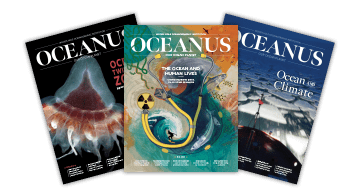
Looking for something specific?
We can help you with that. Check out our extensive conglomeration of ocean information.
Gold mining’s toxic legacy
Mercury pollution in Colombia’s Amazon threatens the Indigenous way of life
How do you solve a problem like Sargassum?
An important yet prolific seaweed with massive blooms worries scientists
Ancient seas, future insights
WHOI scientists study the paleo record to understand how the ocean will look in a warmer climate
Rising tides, resilient spirits
As surrounding seas surge, a coastal village prepares for what lies ahead
Whistle! Chirp! Squeak! What does it mean?
Avatar Alliance Foundation donation helps WHOI researcher decode dolphin communication
We can’t do this alone
For marine chemist Adam Subhas, ocean-climate solutions don’t happen without community
How WHOI helped win World War II
Key innovations that cemented ocean science’s role in national defense
Life at the margins
Scientists investigate the connections between Ghana’s land, air, sea and blue economy through the Ocean Margins Initiative
Grits, storms, and cosmic patience
As storms stall liftoff, Europa Clipper Mission Team member Elizabeth Spiers patiently awaits the biggest mission of her life
The 10,000-foot view
WHOI’s Tom Bell tracks changes to vulnerable coastal ecosystems with aerial imagery
The long journey of Bottle No. 71645
Drift bottle released in 1968 to study ocean currents found on Maine beach
A new champion for ocean science
Gift from WHOI’s board chair Paul Salem to jump-start ocean-based climate solutions
Counting on Corals
As struggling reefs put a squeeze on Belize’s Blue Economy, could heat-tolerant corals be the answer?
A cascade of life
The power of conservation, as seen through the lens of award-winning ocean photographer Henley Spiers
The ocean currents behind Brazil’s pollution problem
South America’s largest country reckons with both history and ocean currents in a recent spree of pollution
30 by 30: How do we get there?
Researchers contribute to a bold initiative to conserve 30% of the global ocean by 2030
The story of a “champion” submersible
Alvin’s humble origins began alongside Wheaties cereal
5 unlikely ocean friendships
How certain marine species keep each other safe, fed, and healthy through symbiosis
Five big discoveries from WHOI’s Ocean Twilight Zone Project
Six years since it began, WHOI’s Ocean Twilight Zone project brings new and exciting insights to bear
For right whales, a dwindling food source is causing concern
As an important food source wanes in the Gulf of Maine, right whales are forced to venture further north into a minefield of ships and fishing gear
